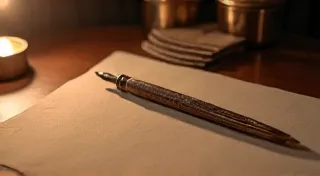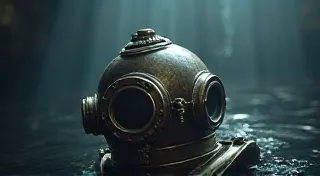The Lyrical Skeleton: When Music Defines a Character’s Soul
We often talk about visual storytelling in film – the camera angles, the editing, the performances. But the true, silent architect of many a memorable character is the soundtrack. Not just the catchy pop song playing in the background, but the meticulously crafted film score – the lyrical skeleton underpinning the narrative, defining the essence of a person through a series of notes and chords. It's a powerful, often overlooked, element, and when it’s done right, it can elevate a film from good to unforgettable.
Think for a moment about the most emotionally resonant characters you've encountered on screen. What made them feel real? Often, it wasn’t just their dialogue or their actions, but the music that accompanied them – the subtle cues that signaled their fears, their hopes, their hidden vulnerabilities. This isn't about simply highlighting what we *see*; it’s about revealing what’s *felt*.
My own fascination with this connection began, predictably, with an accordion. My grandfather, a taciturn man of few words, played one. It wasn't a glamorous instrument; it was well-worn, its bellows patched in places, its keys yellowed with age. The music he played wasn't flashy, either – mournful waltzes, bittersweet polkas, the kind of melodies that clung to the air like lingering perfume. I didn’t appreciate it then, of course. I was a child, captivated by superheroes and video games. But years later, revisiting those memories, the music became inextricably linked to his character – a man burdened by unspoken sorrows, finding solace in a simple, repetitive tune.
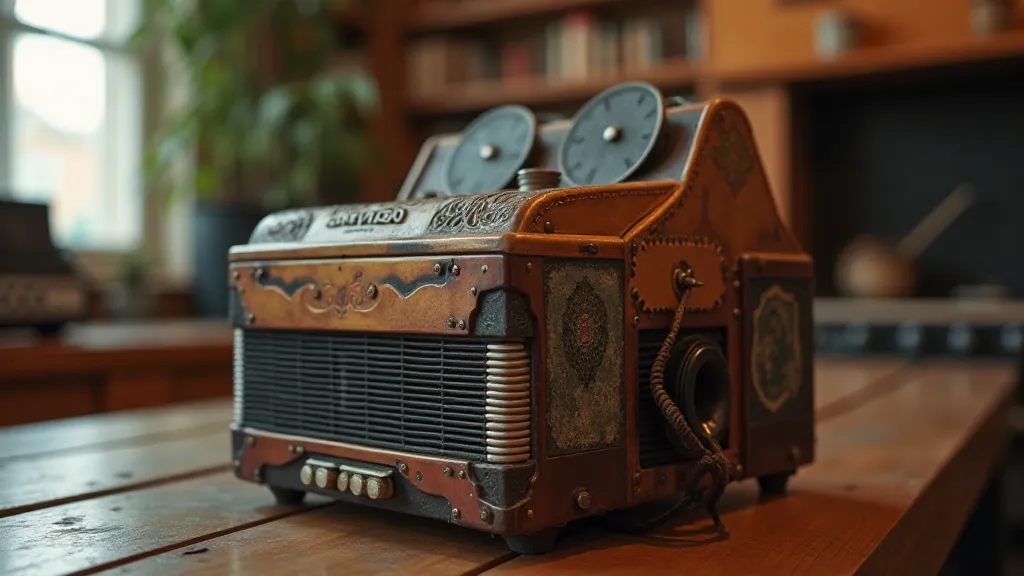
The Craft of Subtlety: Soundtracks as Character Portrayal
The best examples of this character-defining music aren't bombastic or overly dramatic. They're subtle, almost subconscious. Consider Ennio Morricone’s score for Sergio Leone's "Once Upon a Time in the West." The harmonica, the whistling, the subtle use of electric guitar – they aren't just accompaniment; they *are* the character of Cheyenne. They encapsulate his loneliness, his resilience, his profound connection to the land. The music doesn’t tell you he’s a good man; it shows you – through a series of evocative motifs that reveal his inner struggles and quiet heroism. It’s a masterclass in showing, not telling, a technique that exemplifies how composers use music to subtly guide our emotional responses to characters. Understanding the nuances of these techniques is key to appreciating the profound impact of film music – a subject often explored in greater detail when considering the composer’s secret language and how they subtly shape our understanding of a film’s narrative.
Similarly, in Bernardo Bertolucci's "Last Tango in Paris," the score, largely comprised of pop songs from the era, functions as a character in itself, reflecting the protagonists' despair and the pervasive sense of alienation. The music doesn't judge; it simply *is* – a backdrop to their complicated and destructive relationship. This use of pre-existing music, or “needle drops,” can be just as powerful as a bespoke orchestral score when skillfully employed.
The choice of instruments itself is crucial. The mournful tone of a cello can embody sadness and longing; the playful trill of a flute can suggest innocence and joy. A lone piano, often used to represent introspection and vulnerability, can be incredibly powerful when paired with a character grappling with a difficult decision. Composers are, in essence, orchestrating emotions, using the sonic landscape to shape our understanding of the individuals on screen. The mapping of these emotional journeys through film music is a fascinating study, and one that delves into how directors and composers collaborate to create powerful cinematic experiences. Indeed, understanding the cartography of sound can elevate your appreciation for the artistry involved.
Forgotten Films, Undiscovered Scores
And that's where we come to the realm of forgotten films. There are countless movies languishing in obscurity, films that might not have been box-office successes but contain brilliant, overlooked scores. These aren’t necessarily grand, sweeping epics; they can be smaller, more intimate films – forgotten dramas, quirky comedies, or independent art-house productions. It's in these films that the intimate connection between music and character often shines the brightest, unburdened by the demands of blockbuster status. The choices made in these films are often profound; composers frequently opt for unconventional approaches, embracing chromatic alchemy to transform scenes and evoke unexpected emotional responses. Exploring chromatic alchemy offers a deeper understanding of how composers manipulate musical elements to shape the viewer's experience.
I remember stumbling upon the score for a 1970s French film called "L'Argent" by Marguerite Duras. The music, composed by Philippe Sarde, is hauntingly beautiful – a series of melancholic piano pieces interspersed with sparse string arrangements. The film itself is a slow-burn exploration of greed and obsession, and the music perfectly underscores the protagonist's descent into madness. It’s a score that stays with you long after the credits roll – a poignant reminder of the power of music to evoke emotion and illuminate the human condition. The fleeting nature of these emotions, and how music captures them, is a topic worthy of extended exploration; often, a single, evocative piece can transport us back to a particular moment, reawakening feelings we thought were long forgotten. The exploration of ephemeral harmonies highlights the power of music to encapsulate the fleeting nature of emotion.
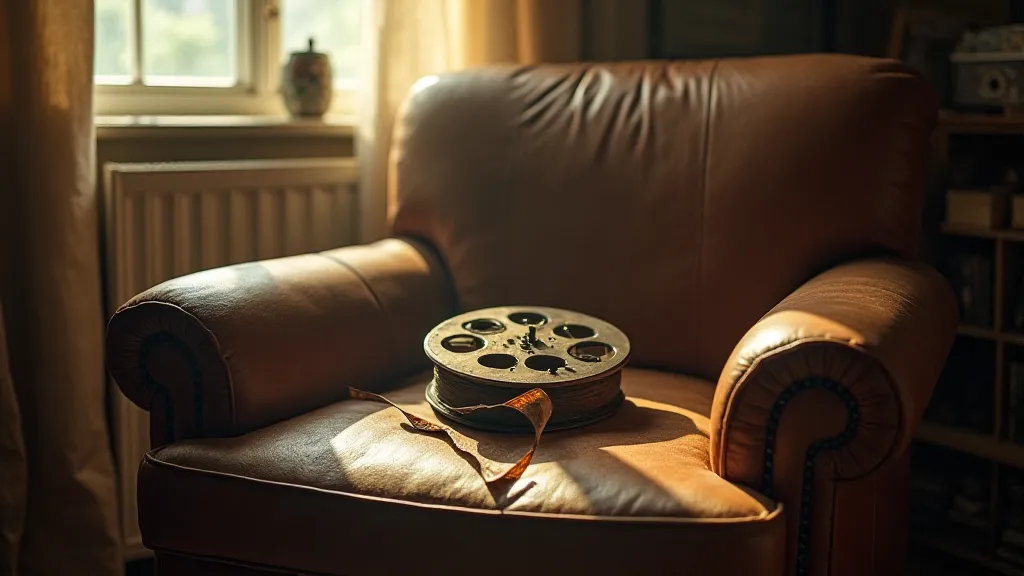
The Restoration and Appreciation of Film Music
The challenge, of course, is finding these lost scores. They often exist only on fragile, deteriorating film prints or on obsolete audio formats. Thankfully, there's a growing community of dedicated individuals – archivists, musicologists, and passionate film fans – working to preserve and restore these musical treasures. Many are undertaking the painstaking process of transferring these scores from aging acetate discs to digital formats, ensuring that they can be enjoyed by future generations. The process requires a deep understanding of both music and technology, navigating the complexities of analog recording and digital restoration.
The process of restoring a film score can be incredibly complex. It involves not only cleaning and repairing the original recordings but also identifying and correcting any technical flaws. The skill lies in preserving the original character of the music while also making it accessible to modern audiences. For those interested in the mechanics of this, the nuances of analog tape degradation, the impact of different playback equipment, and the challenges of digital restoration offer fascinating, if technically demanding, areas for exploration. Understanding these technical aspects requires a significant investment of time and effort, but it provides a deeper appreciation for the dedication of those who work to preserve these invaluable artistic treasures.
Even simple steps, like learning to identify different types of recording media – acetate, shellac, magnetic tape – or understanding the different roles of a film composer (scoring, arranging, conducting) can deepen one’s appreciation for the art form. Collecting original film soundtracks, though often expensive, is another way to engage with these forgotten masterpieces, allowing you to own a piece of cinematic history. The pursuit of these treasures can be a deeply rewarding experience, connecting enthusiasts with the rich and often-overlooked history of film music.
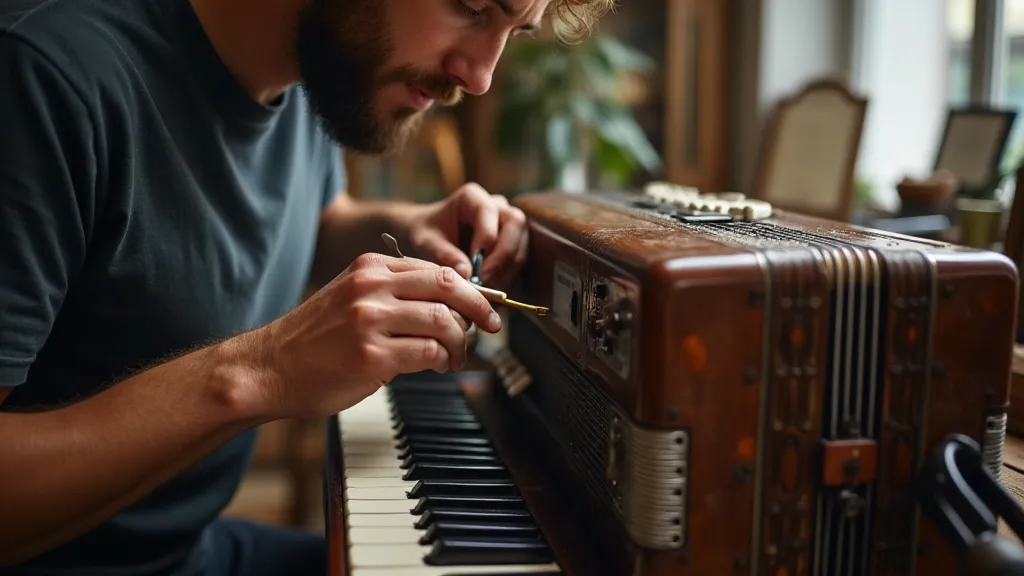
A Silent Legacy
The lyrical skeleton of a film – its soundtrack – is a silent legacy, often overlooked but always present. It’s a testament to the power of music to transcend language, to evoke emotion, and to illuminate the human spirit. By seeking out these forgotten films and appreciating the artistry of their scores, we not only discover new cinematic treasures but also gain a deeper understanding of the enduring power of music to define and shape our perceptions of the characters we encounter on screen. This legacy continues to evolve, with new composers pushing boundaries and exploring innovative approaches to film scoring, ensuring that the lyrical skeleton remains a vital and expressive element of cinematic storytelling. The exploration of this art form, its history and potential, is a journey of endless discovery and appreciation.



